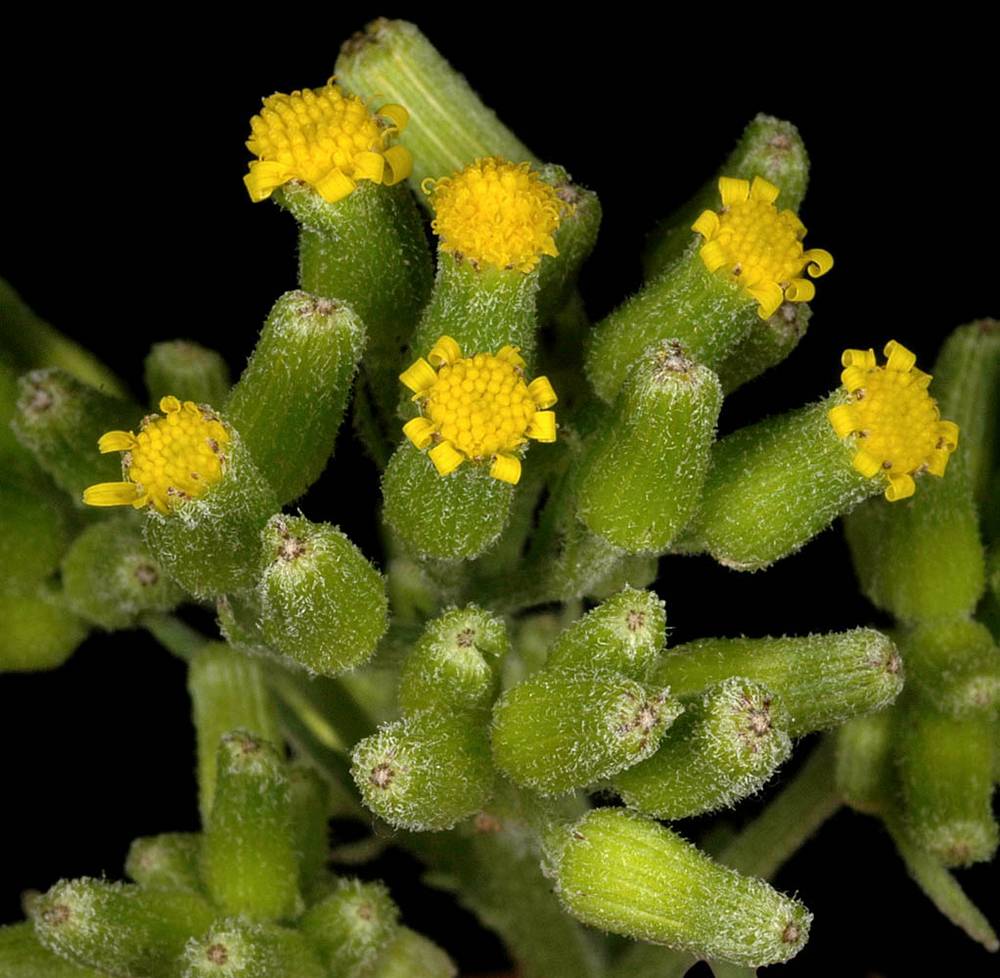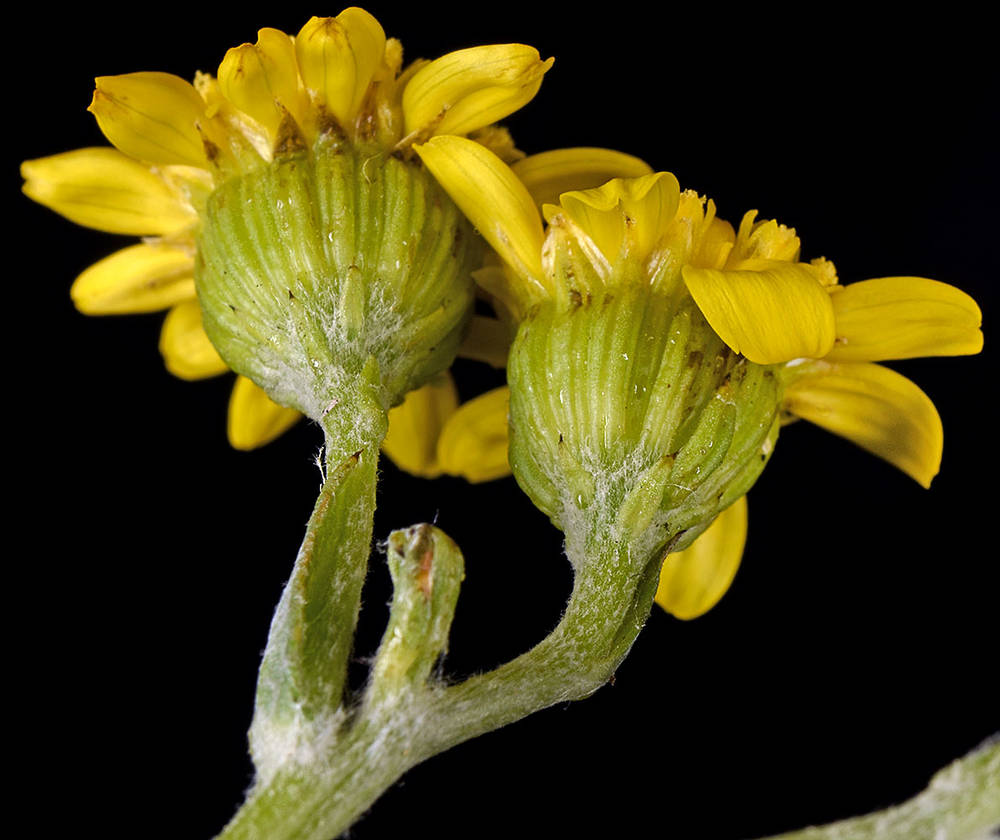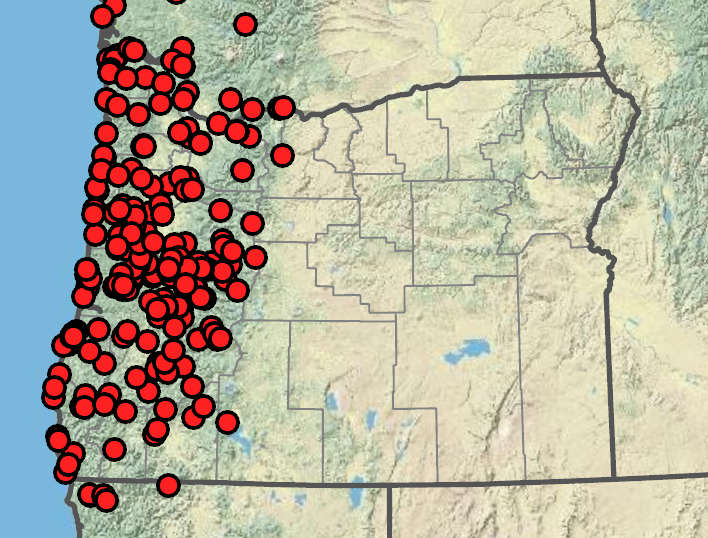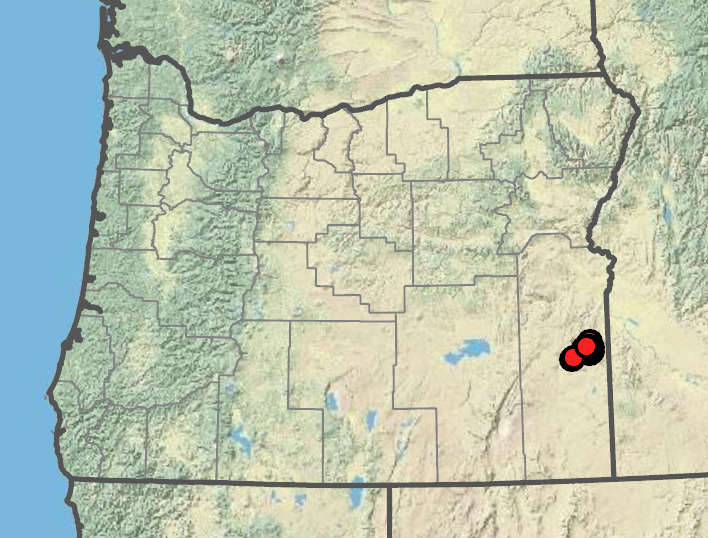Senecio sylvaticus
Senecio ertterae
wood groundsel, woodland ragwort
Ertter's groundsel
1, densely pubescent with abundant curly hairs.
usually 1, rarely clustered, subsucculent, unevenly tomentose to glabrate.
evenly distributed along stems, obovate to oblong in outline, bases tapering, usually 1–2-pinnately lobed or divided, ultimate margins dentate;
proximal petiolate;
distal clasping and bract-like.
basal withering early;
cauline oblanceolate to spatulate, bases tapering;
margins deeply incised;
petioles winged;
distal sessile and bract-like, progressively reduced.
corymb-like arrays;
bracts 0 or inconspicuous.
cyme-like arrays;
bracts 0 or few and inconspicuous.
cylindric.
widely cylindric.
0, rarely 1–8;
rays 1–2+ mm.
8, rarely 13;
rays 5–6 mm.
40–50.
45–55.
13+, rarely 21, 4–7+ mm;
tips green or minutely black.
usually 13, 6–7 mm;
tips green;
surfaces densely floccose-tomentose.
0 or 1–5+ linear to filiform bractlets, 2–3 mm.
1–5+ linear bractlets; to 2 mm.
1.5–2.5 mm, sparsely pubescent on ribs.
2–3 mm, usually hairy along the ribs, sometimes glabrous.
12–24.
6–10(20).
=40.
=40.
Senecio sylvaticus
Senecio ertterae
Disturbed open wooded areas. Flowering May–Oct. 0–1200 m. Casc, CR, ECas, Est, Sisk, WV. CA, WA; north to British Columbia, scattered in eastern North America; Asia, Europe. Exotic.
Senecio sylvaticus is a native of Eurasia and favors cool, damp climates. In overall appearance, it resembles the more common S. vulgaris. However, the latter has distinctive black-tipped phyllaries, while S. sylvaticus has phyllaries that are generally green-tipped. This species is well established in the Pacific Northwest and in parts of eastern Canada. Elsewhere it is sporadic.
Talus slopes, volcanic tuff. Flowering May–Sep. 800–1400 m. Owy. Native. Endemic to Oregon.
This species was not recognized until the late 1970s. It is a very rare endemic found only in Malheur County. It has been added to the Center for Plant Conservation’s National Collection of Endangered Plants.
Debra Trock
Debra Trock
- Local floras:
BC,
CA,
OR,
WA
- Local Web sites:
CalFlora,
CalPhotos,
Flora NW,
PNW Herbaria
WildflowerSearch
iNaturalist (observations)
USDA Plants Database
- LBJ Wildflower Center
- SEINet
- Plants of the World Online
- Encyclopedia of Life
- Wikipedia
- Google Image Search





